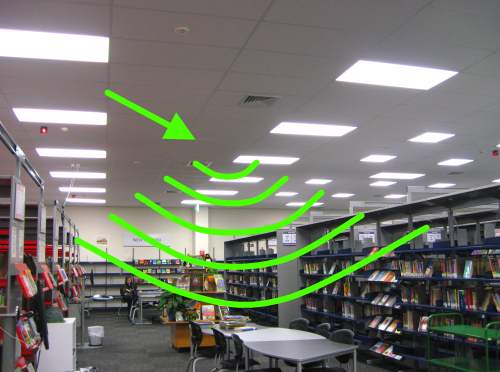These days, rare is the business establishment that does not offer Wi-Fi connectivity. It’s practically a required amenity for many customers.Travelers are more likely to stay in hotels that offer Wi-Fi connectivity in their rooms, while people are also more likely to stay longer and buy more products in shops, restaurants, coffee shops that have wireless Internet access.
However, connecting to a public Wi-Fi network is usually deemed as risky and unsecure, especially with the number of random people gaining access to the network on a daily basis. This is apart from logistical concerns like connection speed and bandwidth consumption, which can negatively affect the experience of customers. With a few simple steps, however, you can set-up a public Wi-Fi for your business that’s safe and convenient for both you and your customers.
Customize the Name of Your Network
Wi-Fi routers usually provide default names or service set identifiers (SSIDs) when you establish a wireless network. Typical names include the brand of the router or a random string of numbers and letters. Sometimes the default name is simply “default.”
Changing this SSID to a name that is unique to your business will let your customers know that the connection is yours and that it is safe. It also helps establish your brand while also allowing you to communicate your professionalism. Nevertheless, you should also inform your customers beforehand to confirm with your staff if the Wi-Fi signal legitimately belongs to your business. This will prevent them from being victimized by cybercriminals who might try to create a false wireless network that imitates your network’s SSID.
Create a Captive Portal and Establish Passwords
Even better than having a branded SSID is establishing a captive portal. A captive portal is simply a log-in page where your customers can sign-in with a username and a password when they want to access your business’ public Wi-Fi. This way, you can assure your customers that only they and fellow guests have access to your network and thatit is a secure one, even though the network is open to the public. It also gives you a bit of an opportunity for marketing, as you can dress up the captive portal however you want.
Apart from beefing up network security, issuing usernames and passwords also opens more opportunities for your business. Hotels can provide access to a faster connection and assign passwords as the guests check-in to their rooms, as compared to Wi-Fi access in common areas like the guest lounge or cafeteria. Meanwhile, restaurants and coffee shops can provide passwords upon a minimum purchase.
Limit Wi-Fi Time and Speed for Visitors
Public Wi-Fi access are prone to abuses. There are people who use these public Wi-Fi connections to stream their favorite TV shows, or even download huge files. While this practice may not be entirely harmful, it can affect the overall experience of other customers connected to your network.
Business owners can allocate certain speeds per user to ensure fair usage of their Wi-Fi network. They can also automatically log-out users after a specific period—say after one or two hours—and prompt them to log-in again using either an existing or a new password. Restaurants and coffee shops can benefit the most from this kind of set-up.
